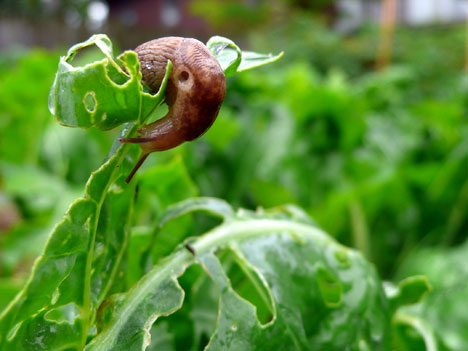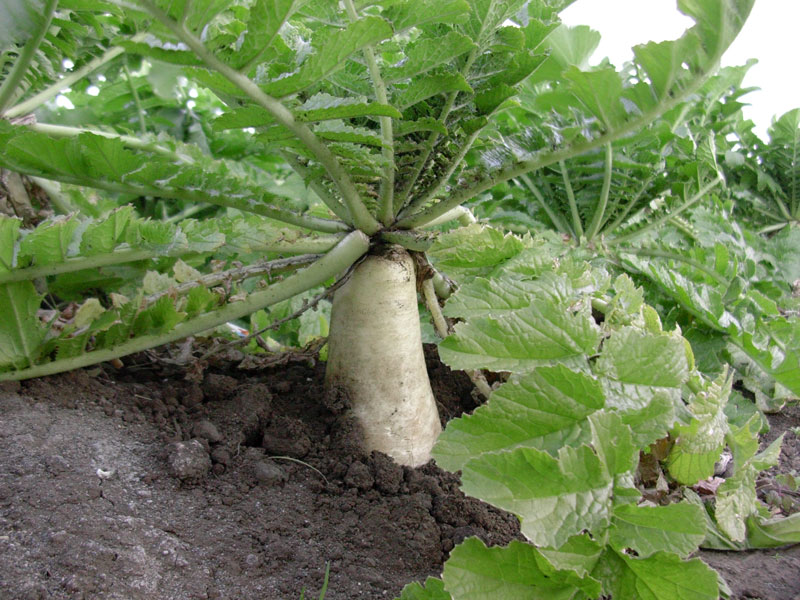 |
| Clinton Square. Nicholas Lisi / The Post-Standard |
Because it's been a while since my last blog posting, I thought I would write a bit about how the end of the season went for us on the farm. This was a terrific first season for us and we are incredibly grateful for all of you who come out the markets each week. I recently drove by the downtown market location, and while it looks different covered in snow and ice skaters rather than fresh produce, I got a feeling of excitement anticipating next season and seeing you all again! We participated in a couple community events during the season. One at the Westcott Community Center Bulb Giveaway , and it was a huge success with over 4,000 flower bulbs given to the community.We then headed down to Watson Greenhouse where the CNY Men Who Cook gave a Fall cooking demonstration.We had a great time at both of these events and loved meeting everyone that participated.
Winter is upon us now and with 58 inches of snow accumulating in this past week, there is no longer any outdoor work to be done-other than shoveling. Now is the time when I slow down and enjoy the morning coffee. However, I am still busy spinning and dying wool for our handspun yarns. They are on sale at our Local Harvest store or through local craft fairs.
 On Sunday, December 19th we will be in Utica, NY participating in the Holiday Indie Garage Sale from 11am-4pm. Stay tuned for other events throughout the winter and updates on next year's crop planning. Seed Starting is just around the corner! Now, if only I could get out to the greenhouse through all that snow!
On Sunday, December 19th we will be in Utica, NY participating in the Holiday Indie Garage Sale from 11am-4pm. Stay tuned for other events throughout the winter and updates on next year's crop planning. Seed Starting is just around the corner! Now, if only I could get out to the greenhouse through all that snow!Have a great holiday season.
Sincerely, Farmer Angela and Matt.





































